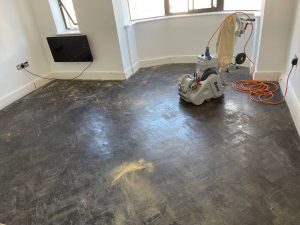
Maintain the Beauty of Your London Home with Expert Tips
Introduction
Wooden floors add a touch of elegance and warmth to any home. However, over time, they can show signs of wear and tear. Recognising when your floors need sanding can help you maintain their beauty and extend their lifespan. Here are the key signs to look out for in your London home.
1. Visible Scratches and Dents
One of the most obvious signs that your floors need sanding is the presence of visible scratches and dents. These imperfections can accumulate over time, especially in high-traffic areas. If your floors are covered in marks, sanding can restore their smooth surface.
2. Fading or Discolouration
Wooden floors can fade or become discoloured due to sunlight exposure and wear. If certain areas of your floor look dull or have lost their original colour, it might be time for sanding. This process can remove the top layer of the wood, revealing the fresh, vibrant wood underneath.
3. Water Damage and Stains
Water damage and stains can significantly affect the appearance of your floors. Dark spots, warping, or areas where the finish has worn away are all indicators that sanding is needed. Sanding can help remove these damaged areas and prepare the floor for a new protective finish.
4. Splinters and Rough Patches

Splinters and rough patches can make walking on your wooden floors uncomfortable and even dangerous. These issues often arise when the protective finish has worn away, exposing the raw wood. Sanding the floors can eliminate these rough spots and create a smooth, safe surface.
5. Loss of Shine
If your wooden floors have lost their shine and no longer look as beautiful as they once did, it may be time to consider sanding. A dull floor can detract from the overall aesthetic of your home. Sanding and refinishing can restore the glossy, polished look of your floors.
6. Difficulty Cleaning
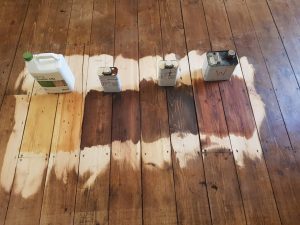
As wooden floors age, they can develop tiny grooves and cracks that trap dirt and grime, making them difficult to clean. If you find that no amount of cleaning seems to make your floors look clean, sanding might be necessary. Sanding removes the top layer of the wood, eliminating these grooves and making your floors easier to maintain.
7. Inspecting High-Traffic Areas
High-traffic areas such as hallways, entryways, and living rooms are more prone to wear and tear. Regularly inspecting these areas can help you spot signs that your floors need sanding. Look for uneven wear, fading, and other damage that might not be as noticeable in less-used areas.

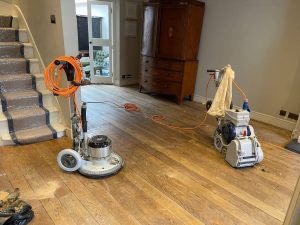

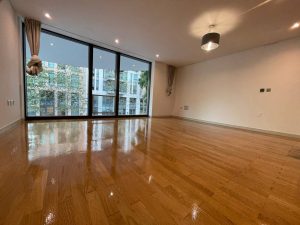
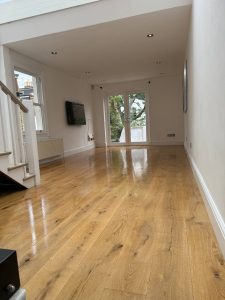


Hardwood vs. Engineered Wood: Which is Better for Sanding?
When it comes to choosing the right flooring for your home, understanding the differences between[Read more...]
Floor Sanding FAQs: Everything You Need to Know
Floor sanding is a popular method for rejuvenating wooden floors, but it often comes with[Read more...]
Wood floor polishing
[Read more...]
Floor Sanding Safety Tips for Homeowners
Floor sanding can dramatically transform the look of your home, but it’s important to approach[Read more...]
Can You Sand Laminate Floors? Understanding the Limitations
Can You Sand Laminate Floors? Understanding the Limitations Learn How to Maintain and Care[Read more...]
Seasonal Guide: When is the Best Time to Sand Your Floors?
Sanding your floors is a significant home improvement project that can transform the look and[Read more...]
How to Handle Heavy Furniture on Sanded Floors
How to Handle Heavy Furniture on Sanded Floors Protect your wooden floors from[Read more...]
How to Deal with Floor Cupping and Crowning Before Sanding
How to Deal with Floor Cupping and Crowning Before Sanding Effective methods[Read more...]
Why Professional Floor Sanding is Worth the Investment
Why Professional Floor Sanding is Worth the Investment Discover the Benefits of Hiring Experts[Read more...]
How Long Does Floor Sanding Take? A Time Guide
How Long Does Floor Sanding Take? A Time Guide Plan Your Floor Renovation in[Read more...]